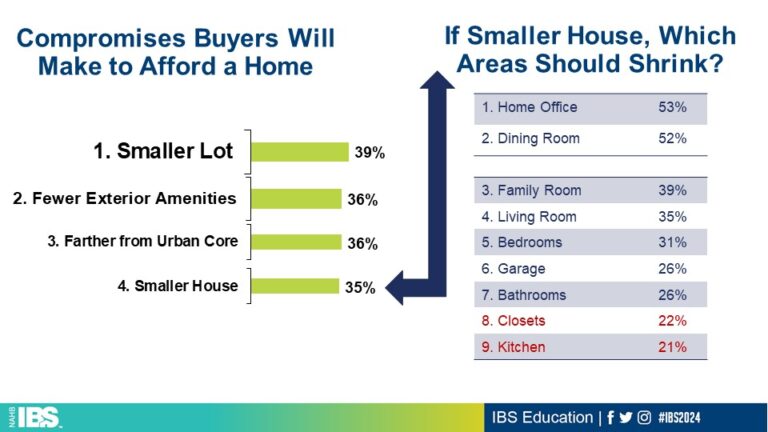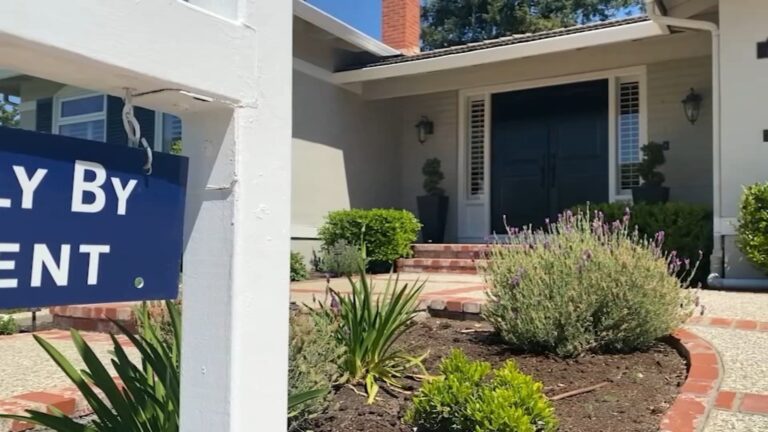The National Association of Realtors (NAR) agreed to new rules around real estate commissions as part of a lawsuit settlement in March. As of August 17, they’re actually rolling out — and consumers face a deluge of confusion and conflicting predictions.
One narrative predicts a coming utopia for homebuyers: A price war will erupt, and commissions will plunge amid a new wave of competition among buyers’ agents. A competing narrative goes in the opposite direction: Under the new commission structure, buyers will realize they’re on the hook for thousands and decide not to use agents at all. NAR, meanwhile, has portrayed the changes as minor tweaks rather than a major shift.
The opposing narratives underscore just how complex Realtor compensation has always been — and how much more complex it just got. Here’s a look at the new commission structure and what it could mean for both homebuyers and sellers.
How real estate commissions used to work
Traditionally, when a home seller hired a real estate agent to represent their listing, the seller agreed to pay a commission. The national average has been about 5 percent of the home’s sale price, typically split down the middle with 2.5 percent going to the listing agent and the other 2.5 percent to the buyer’s agent. (On a $400,000 home, 5 percent comes to $20,000, or $10,000 for each agent.)
Who pays?
Even this has been a bit murky. Agent fees came out of the seller’s proceeds at closing, but it’s reasonable to assume that the seller adjusted their price accordingly — the fees were baked into the home’s sale price. And so the buyer ultimately paid, just not directly to the agents: That extra 5 percent was rolled into the home’s sale price.
What’s changing?
The biggest change is that listing agents (the agents who represent home sellers) may no longer make offers of compensation to buy-side agents on any NAR-affiliated multiple listing service (MLS). In addition, a buyer’s agent must now have a written contract with a home shopper, clearly specifying their fee, before they may show that client a house. Until now, NAR encouraged but didn’t require written agreements between buy-side agents and buyers.
A federal judge gave preliminary approval to the settlement in April 2024, and the final holdout among the brokerages named in the suit — HomeServices of America, part of Warren Buffett’s Berkshire Hathaway — also settled in April. While final court approval is not expected until November, the rules took effect August 17.
Compared to the old model, the new version offers a greater level of transparency for consumers — homebuyers now will be fully aware of how much they’re paying for an agent’s services. “It’s always good when people understand what they are and are not paying for,” says David Druey, Florida regional president at Centennial Bank.
An important aspect of the new model for agents: While the new rules prevent listing agents from posting buy-side commissions on the MLS, as they used to, sellers and listing agents still can agree on the amount off the MLS. That means it’s OK to offer compensation amounts verbally, in emails or texts, and even on their brokerage’s own website, as long as it’s not done on the MLS.
“Although sellers can elect not to pay any buyer agent compensation, that doesn’t mean they will avoid the economics,” says Budge Huskey, president and chief executive of Premier Sotheby’s International Realty in Naples, Florida. “Buyers may easily write into any offer a contingency requiring that the seller cover the cost, or may request other concessions, such as closing cost assistance in the dollar amount they are paying their representative.”
Does this mean real estate commissions are now negotiable?
Technically, real estate commissions always have been negotiable — a theme NAR long has stressed. Practically, though, the picture gets complicated. In many cases, Realtors are more skilled at negotiating than their clients, so the consumer comes into the negotiation at a disadvantage. What’s more, the buyer’s agent commission was previously determined by the seller, not by the buyer. The new rules shift that responsibility to buyers, who now will discuss compensation directly with the agents representing them.
Is this good or bad for consumers?
Until we see how things shake out over time, the answer really depends on who you ask. Some foresee a near-nirvana for consumers: Vishal Garg, CEO of mortgage company Better, predicts the settlement will unleash a “buy-side price war” — buyer agents will begin competing fiercely for clients.
Others fear a darker turn. Ken H. Johnson, a real estate economist at Florida Atlantic University and a former real estate broker, says the new rules just add another layer of complexity to an already-confusing process.
“No longer advertising buyer agent commissions will only create a more confused and drawn-out transaction process as buyers, sellers and agents will have to negotiate the fee, who will pay for it and how much will be paid by each party,” Johnson says. “Due to this added level of complexity, buyers will almost certainly have to negotiate with more sellers before they find the deal they are satisfied with. Thus, the house-hunting period will extend for the average buyer.”
Concerns for first-time buyers
Many in the real estate industry worry that first-time homebuyers — those who need expert guidance the most, and who are already severely hampered by high prices and high mortgage rates — will be priced out of professional representation. If commissions no longer come out of the seller’s proceeds, the thinking goes, buyers won’t have an additional $7,500 or $10,000 to pay an agent.
“Most of those buyers are scraping the barrel to the bottom to come up with a down payment,” says Dave Liniger, chairman and co-founder of RE/MAX. (The firm was one of the large brokerages named as defendants in the suit along with NAR; RE/MAX settled last year for $55 million.)
For now, buyers can’t roll commission costs into their mortgages under the new rules. But industry players widely expect the Federal Housing Finance Agency, overseer of mortgage giants Fannie Mae and Freddie Mac, to change those rules.
“I think there’s going to be pressure on them to allow that,” Liniger says. “The industry needs first-time buyers.”
Indeed, NAR already has been attempting to nudge the mortgage industry in that direction: “We are talking with Freddie and Fannie to see what can be done,” says Lawrence Yun, NAR’s chief economist.










